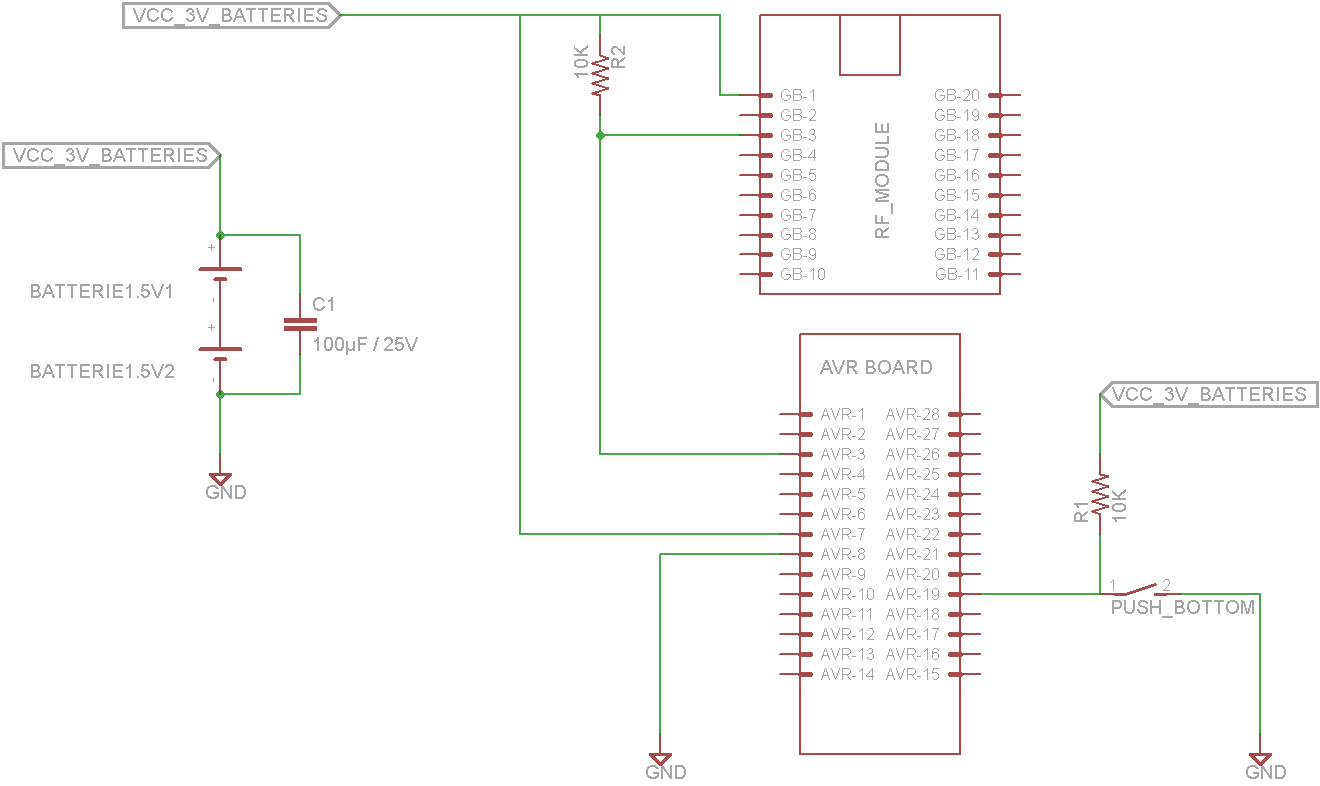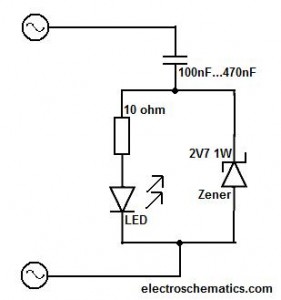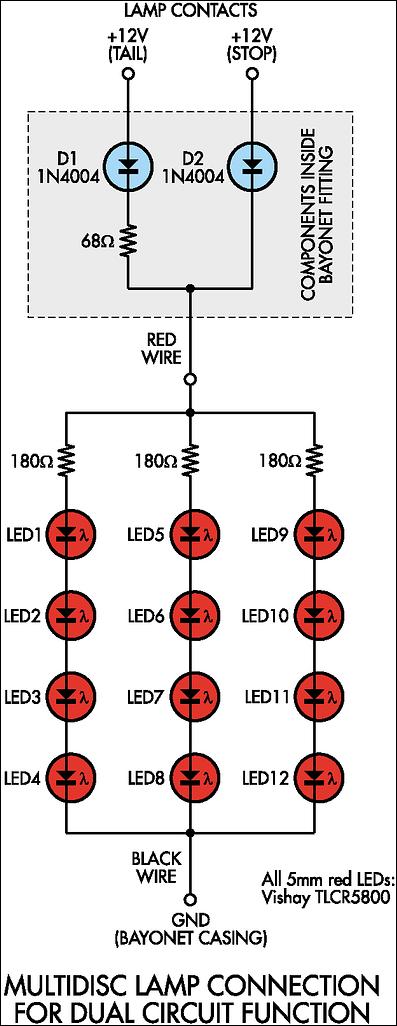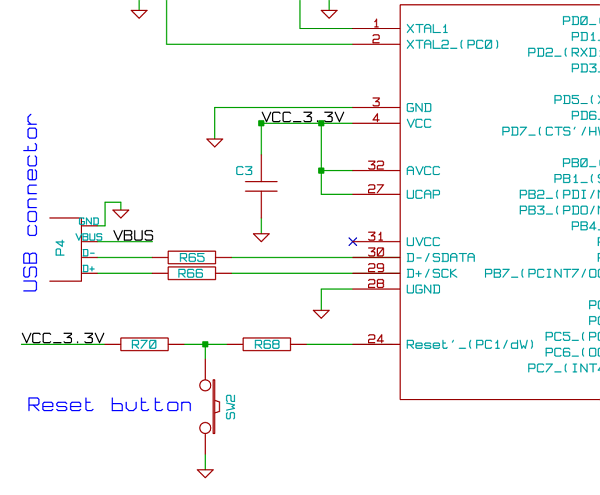
Ultra Bright LED Lamp

This ultra-bright white LED lamp operates on 230V AC with minimal power consumption. It is suitable for illuminating VU meters, SWR meters, and similar applications.
The ultra-bright white LED lamp designed for 230V AC operation offers significant advantages in terms of energy efficiency and brightness. The lamp utilizes light-emitting diode (LED) technology, which is known for its low power consumption and high luminous efficacy compared to traditional incandescent or fluorescent lighting.
In terms of circuit design, the LED lamp typically incorporates a rectifier circuit to convert the alternating current (AC) supply into direct current (DC) suitable for the LED. This is often achieved using a bridge rectifier configuration, which allows the lamp to function effectively across the entire AC cycle. Following the rectification, a smoothing capacitor may be employed to reduce voltage ripple, ensuring a steady output for the LED.
Additionally, a current-limiting resistor or a constant current driver is essential to prevent excessive current from flowing through the LED, which could lead to thermal runaway and eventual failure. The choice of resistor value or driver specifications should be calculated based on the forward voltage and current ratings of the LED, as well as the supply voltage.
The lamp's housing must be designed to dissipate heat efficiently, as high brightness levels can generate significant heat. Proper thermal management is crucial to maintain the longevity and performance of the LED.
This ultra-bright LED lamp is particularly effective for applications requiring high visibility, such as in audio equipment (VU meters) or radio frequency applications (SWR meters), where clear and bright indicators are essential for accurate readings and user interface feedback. Its low power consumption also makes it an environmentally friendly choice, contributing to energy savings in various electronic devices.This ultra-bright white LED lamp works on 230V AC with minimal power consumption. It can be used to illuminate VU meters, SWR meters, etc. Ultra-bright LE.. 🔗 External reference
The ultra-bright white LED lamp designed for 230V AC operation offers significant advantages in terms of energy efficiency and brightness. The lamp utilizes light-emitting diode (LED) technology, which is known for its low power consumption and high luminous efficacy compared to traditional incandescent or fluorescent lighting.
In terms of circuit design, the LED lamp typically incorporates a rectifier circuit to convert the alternating current (AC) supply into direct current (DC) suitable for the LED. This is often achieved using a bridge rectifier configuration, which allows the lamp to function effectively across the entire AC cycle. Following the rectification, a smoothing capacitor may be employed to reduce voltage ripple, ensuring a steady output for the LED.
Additionally, a current-limiting resistor or a constant current driver is essential to prevent excessive current from flowing through the LED, which could lead to thermal runaway and eventual failure. The choice of resistor value or driver specifications should be calculated based on the forward voltage and current ratings of the LED, as well as the supply voltage.
The lamp's housing must be designed to dissipate heat efficiently, as high brightness levels can generate significant heat. Proper thermal management is crucial to maintain the longevity and performance of the LED.
This ultra-bright LED lamp is particularly effective for applications requiring high visibility, such as in audio equipment (VU meters) or radio frequency applications (SWR meters), where clear and bright indicators are essential for accurate readings and user interface feedback. Its low power consumption also makes it an environmentally friendly choice, contributing to energy savings in various electronic devices.This ultra-bright white LED lamp works on 230V AC with minimal power consumption. It can be used to illuminate VU meters, SWR meters, etc. Ultra-bright LE.. 🔗 External reference





